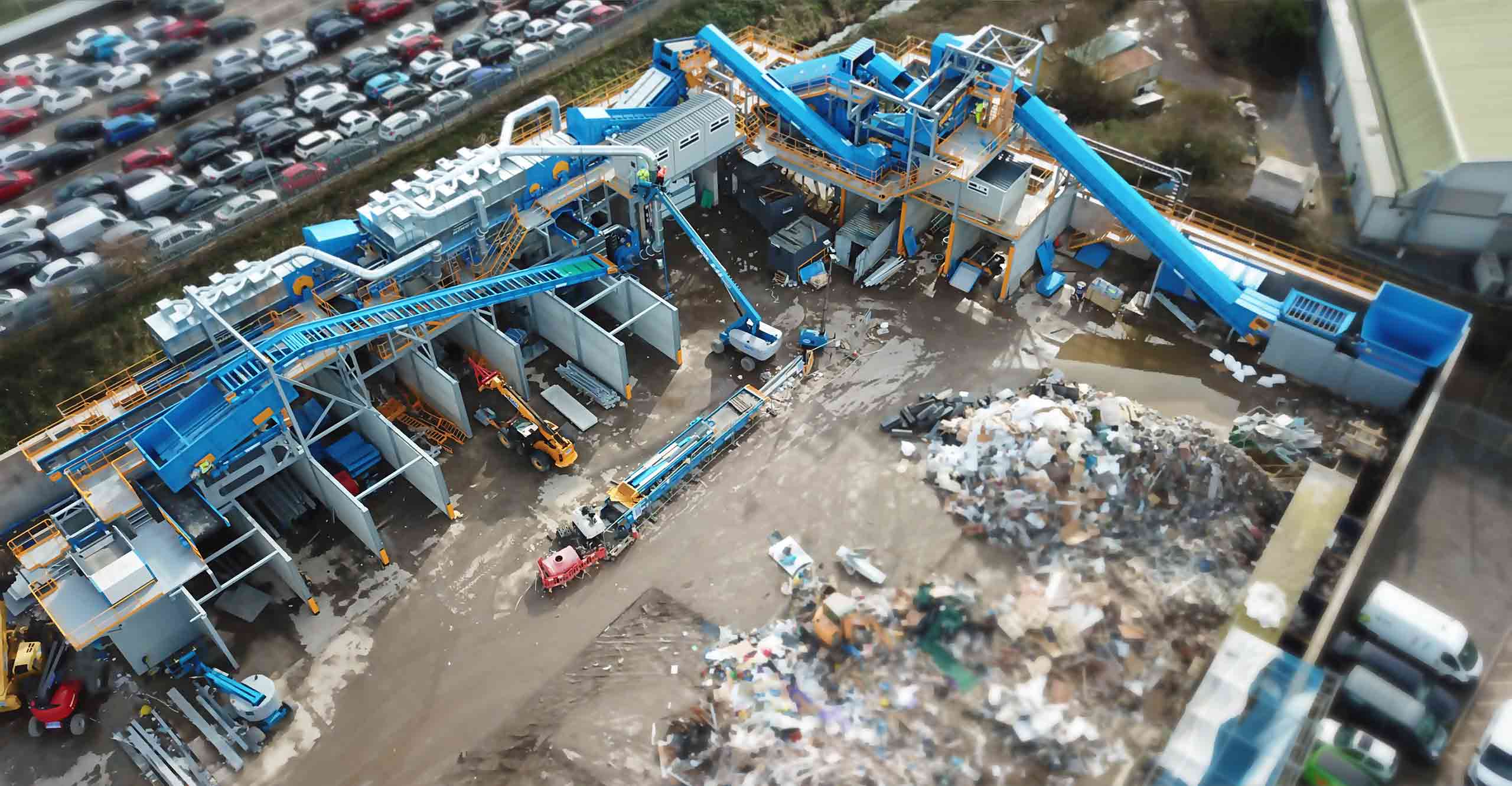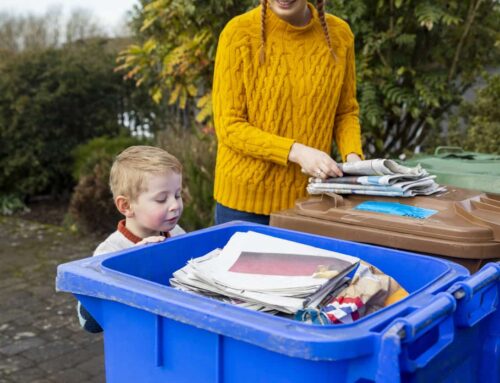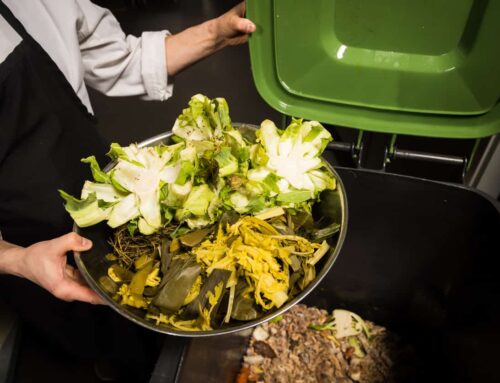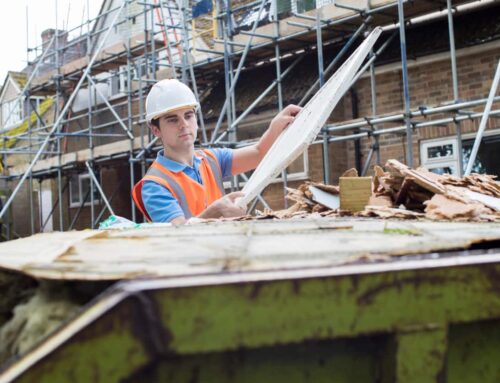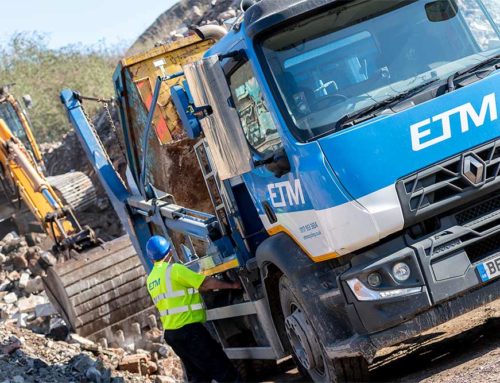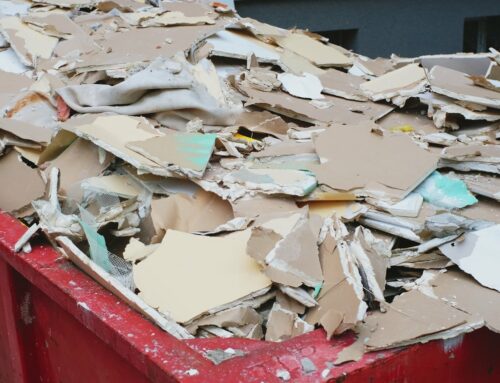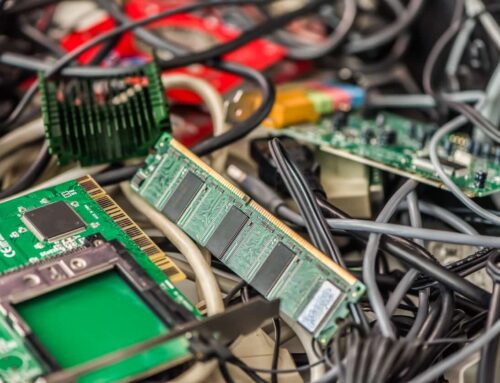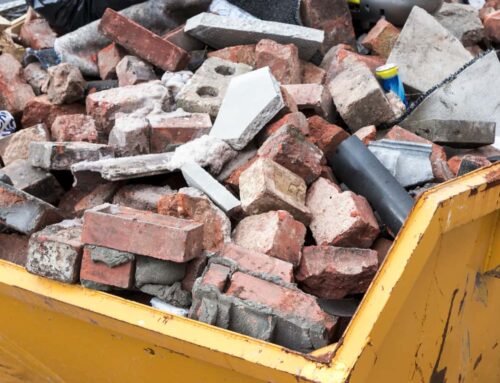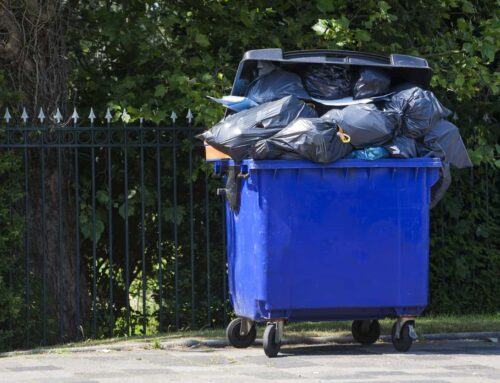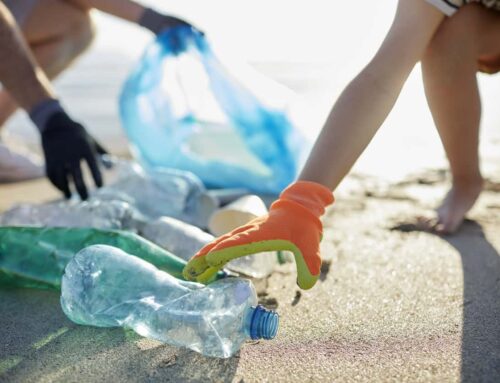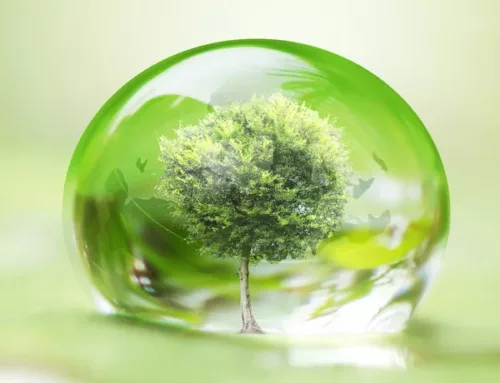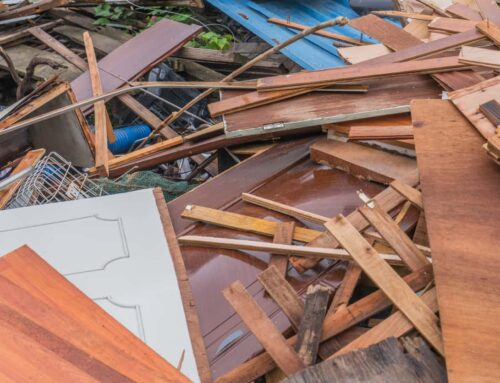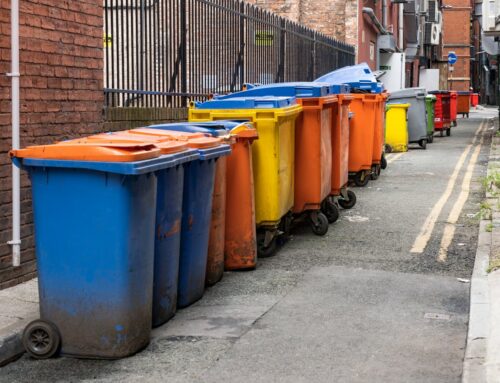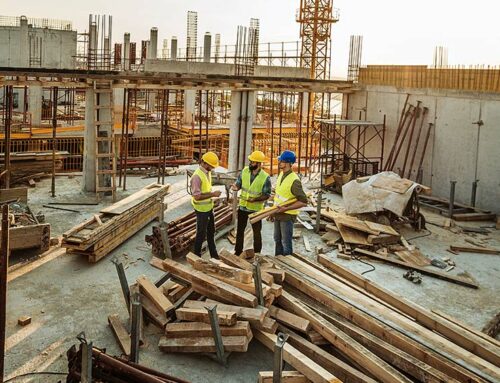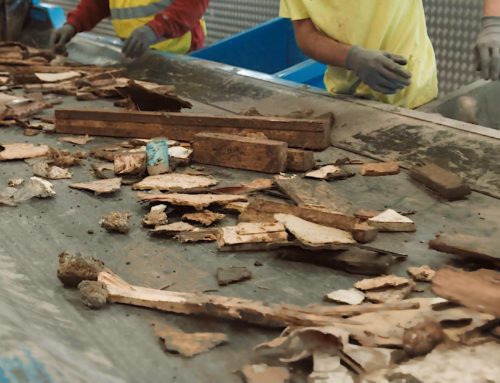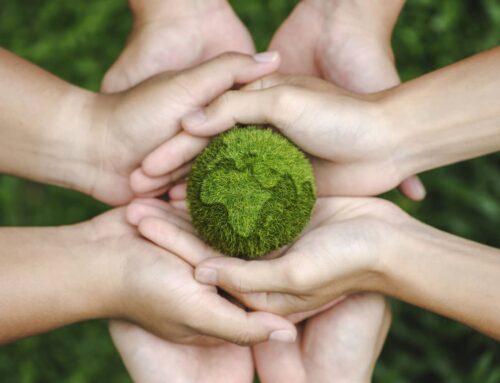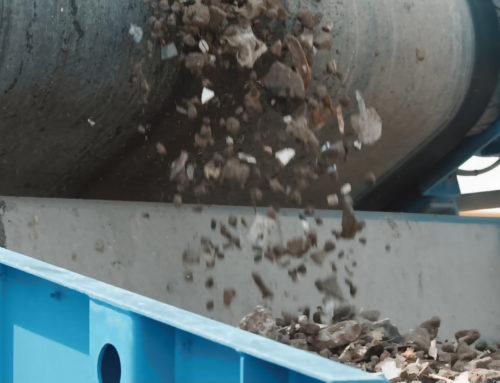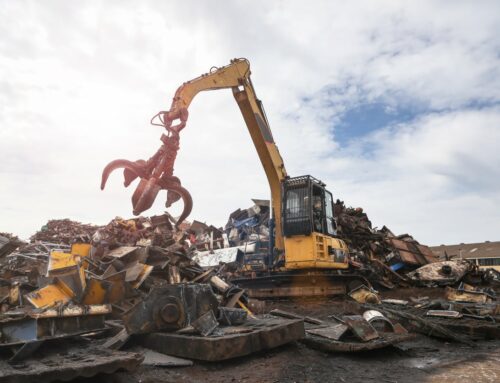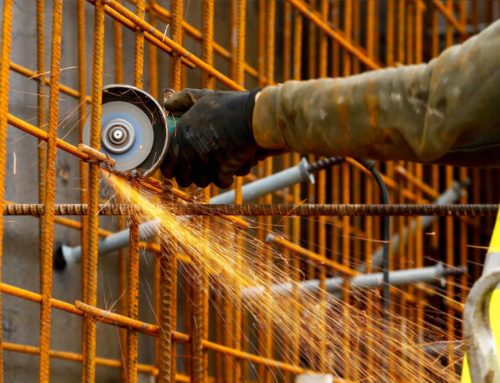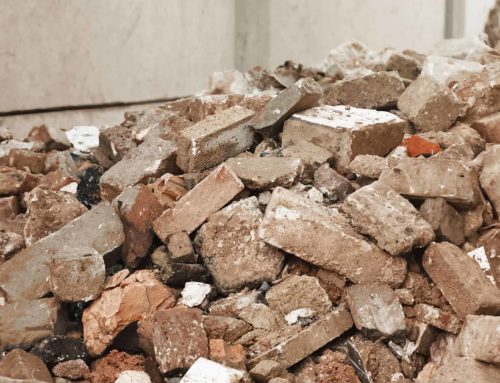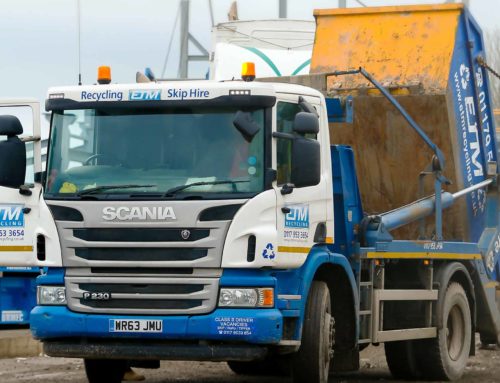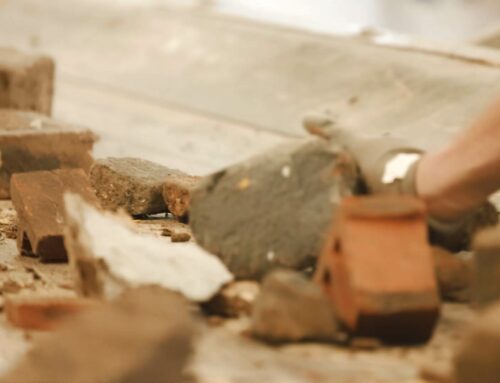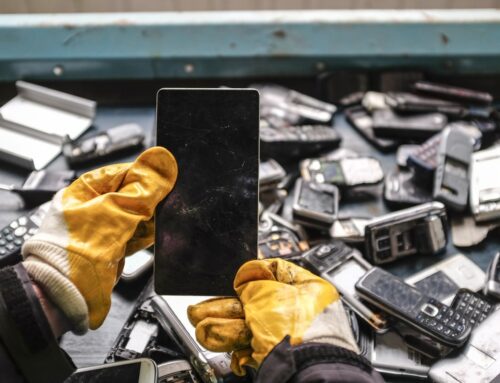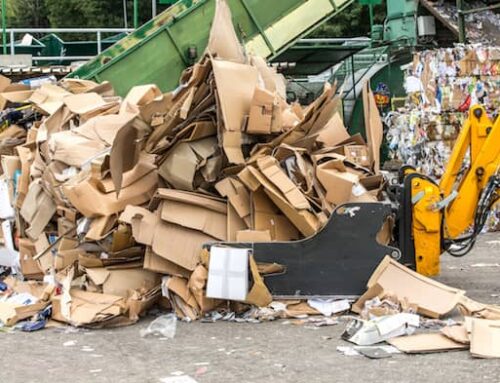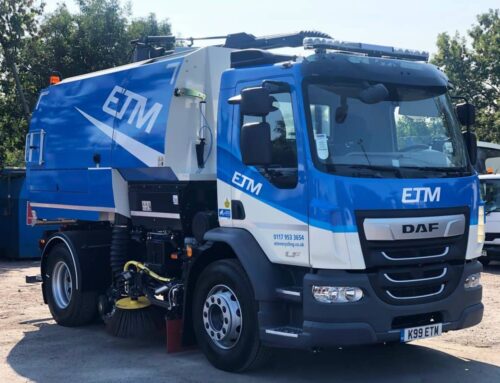UPVC window frames and fascias are commonly sent to landfill when replaced, but they can be easily recycled to create brand new products. Diverting UPVC waste has the potential to boost your environmental profile and earn as well as save your business money.
ETM Recycling delivers industry leading waste management services to domestic and trade clients. Every month, we divert over 300 tonnes of post-industrial and post-consumer UPVC waste from landfill. We are one of the largest UPVC recyclers in the South West with a dedicated fleet of waste management vehicles. We even provide free of charge collections for large quantities.
In this blog, we explain everything you need to know about UPVC recycling.
What is UPVC?
UPVC stands for unplasticized polyvinyl chloride. It is an engineered plastic made from sodium chloride (salt) and petroleum or natural gas. The material was invented by PVC manufacturers who realised that not adding plasticizers resulted in a much stronger product. Plasticizers are substances that make materials softer and more flexible. Remove them and you are left with a rigid and highly durable plastic that is lightweight and economical too.
What is UPVC Used For?
Since the 1980s, UPVC has been widely used by window and door manufacturers to make frames, and in the wider construction industry for a variety of other applications including pipework. It can be moulded to fit any shape, making it highly versatile whatever the building in question. The material is hugely popular because it is cost-effective to purchase, low maintenance, and has good insulating properties. More than that, it does not rot or warp and is highly robust. That’s why it’s ideal for external features and fittings and is often used to replace or install double glazing.
How is UPVC Made?
Once stabilizers have been added to the UPVC powder, it is melted down to form a liquid. This molten plastic is then extruded through a mould and cooled to form solid profiles of UPVC from which the final product can be made. These are then cut into the specified pieces and welded together to form the final shape. Depending on the product, additional materials can now be added. For example, UPVC windows frames will be sealed and fitted with steel reinforcements and glass panes.
Can UPVC Be Recycled?
Despite the large volumes that end up in landfill, UPVC can actually be recycled many times without a significant reduction in quality. Once processed, it can be put straight back into the manufacturing line and used to make brand new window frames and a host of other products too. The only factor that might influence its recyclability is the presence of contaminating materials. But, handled and sorted carefully into separate waste streams, most of the materials used to make UPVC windows can be recycled.
Why is it Important to Recycle UPVC?
According to WWF, 83% of UPVC waste goes to landfill. Considering the fact that UPVC can be recycled up to 15 times without losing its structural integrity, this is an unnecessary waste. In fact, many UPVC recyclers offer rebates for quality materials, so businesses can even earn extra revenue by recycling it.
Of course, there is also the environmental impact to think about. UPVC is made using a non-renewable resource (oil) – that’s why it’s vital we maximise the use we get out of the material that is already in circulation to preserve these finite virgin resources. Pollution from landfill sites has a detrimental impact on the environment and local communities; recycling UPVC instead will therefore help you lessen the effect of your activities on the planet.
Learn more: How to Create & Achieve a Zero Waste to Landfill Strategy
How is UPVC Recycled?
Recycling UPVC is a straightforward process resulting in a new, high-quality material. It doesn’t matter whether the material has been used as a doorframe, window frame or something else entirely. With the right expertise, this rigid plastic can be made ready for use again. Below, we outline the key stages in the process.
- Collection/drop off – UPVC is collected or tipped. The material is then inspected and prepared for further processing.
- Purification – any non UPVC material is removed. This can include rubber, glass, steel, and general debris and is done using a variety of methods. Metal, for example, is removed using powerful magnets. The UPVC is also sorted by colour.
- Pelletisation – the pure UPVC is shredded and turned into tiny granules or pellets.
- Ready for reuse – these pellets are ready to re-enter the manufacturing process where they will be moulded into new UPVC products.
Specialist UPVC Window Recycling
ETM Recycling specialises in processing UPVC windows and other products. We provide skip hire, roll on roll off (RORO) hire, and offer rebates for material of high quality. You can also tip your UPVC at our industry leading waste transfer station.
Get in touch to find out more!
Read next: Recycling & Waste Management Tips for Small Businesses
Read next: Finding the Right Waste Management Company
